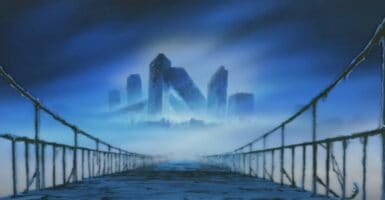Loki’s Temporal Loom: The Marvel Inspiration Explained
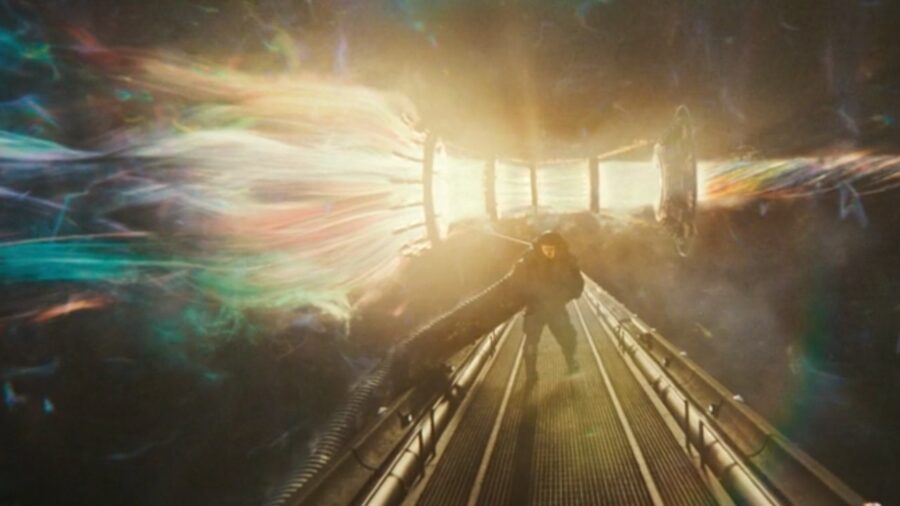
The Loki Season 2 premiere adds a new element to the MCU mythos: the Temporal Loom. Ouroboros (Ke Huy Quan) describes it as “the heart of the TVA” and says it’s “where raw time is refined into physical timeline.” There is nothing called the “Temporal Loom” in Marvel Comics, but there are two probable inspirations: one much more well-known by fans which has been involved in more Marvel events, while the other is actually the much more likely inspiration.
Let’s take a look at them both, starting with the most likely inspiration, especially considering the source, and a pretty big hint at the end of the Loki Season 2 premiere.
The Loom Of The Fates

The concept of something like Loki‘s Temporal Loom is not only not new, it’s actually pretty ancient. Many European polytheistic mythologies — most notably those of the Greeks — incorporate the notion of a loom with which the Fates govern everything that transpires on Earth. Kind of like refining “raw time” into “physical timeline.”
In Thor’s corner of the 2004 line-wide Marvel Comics event Avengers Disassembled, the thunder god and his people were forced to deal with a genuine Ragnarok. In the course of the story, Thor learns that the mysterious Those Who Sit Above in Shadow — who dubiously claim to have created Asgard — have the realms stuck in an endless cycle of life and death. To accomplish this, they have given the Three Norns, aka the Fates, control over The Loom of the Fates.
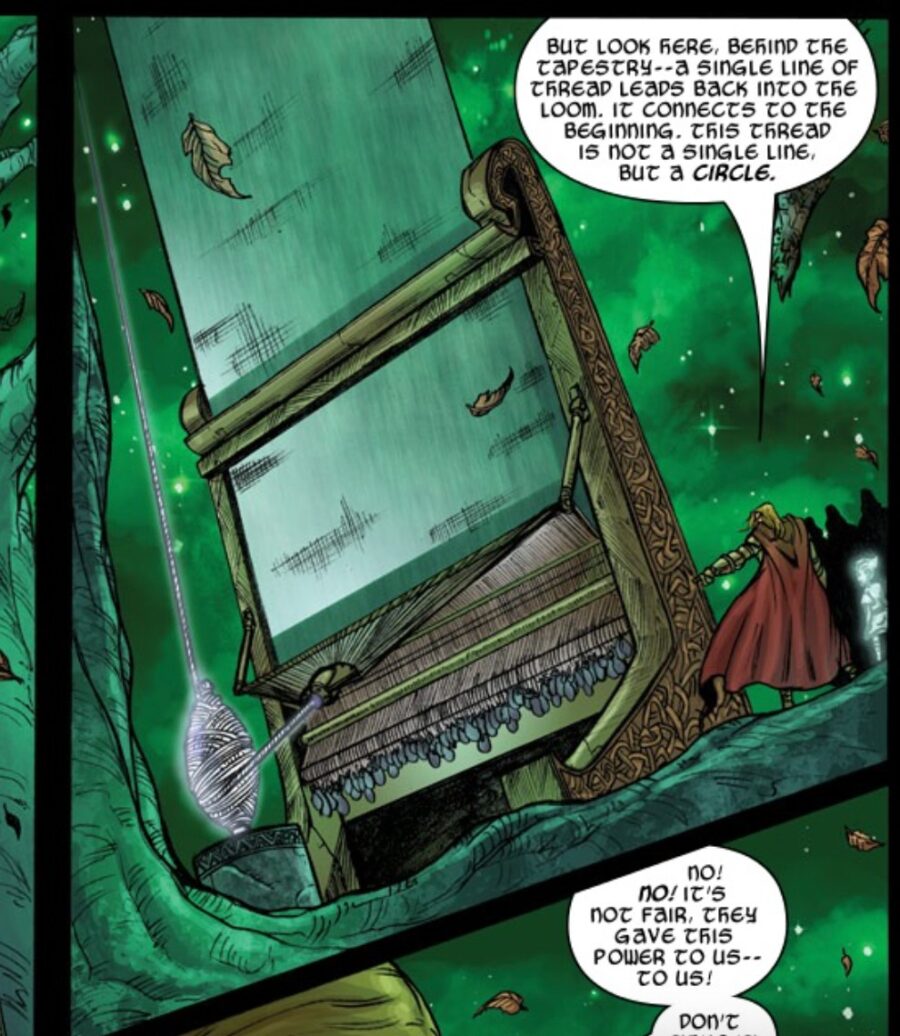
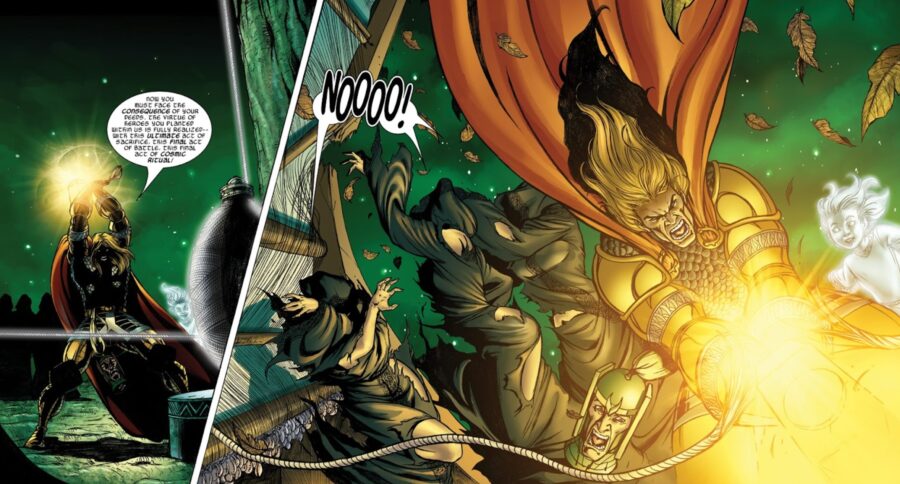
Thor destroys the Loom of the Fates — which inspired the Temporal Loom — and, in doing so, kills everyone in all of the realms but Midgard (Earth), destroys Those Who Sit Above in Shadow and frees the next manifestation of the Nine Realms from the villains’ control.
One way the Loki Season 2 premiere shows us the Loom of the Fates is the most likely inspiration for the Temporal Loom — besides the obvious that in the source material, it’s specifically part of Thor’s mythos — is the mid-credits scene.
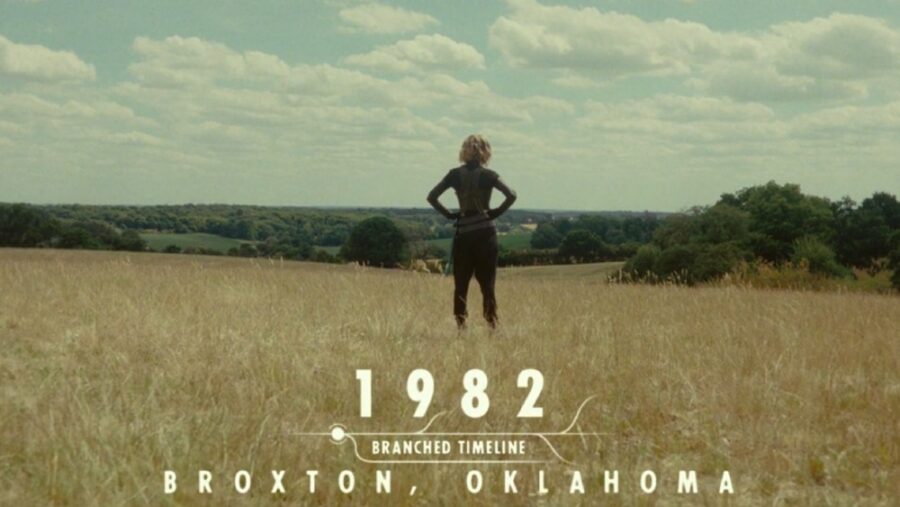
Thor #85, the issue in which the titular god destroys the Loom of the Fates, is the last for that particular volume of the comic. Three years later, he returns in 2007’s Thor #1. The storyline that unfolds includes a new Asgard located on Earth in Broxton, Oklahoma — the same town Sylvie (Sophia Di Martino) finds herself in the mid-credits scene of the Loki Season 2 premiere.
Not only that, but in the comics, all the different Asgardian characters — such as Sif, Balder, and the Warriors Three — are reborn, and Loki is notably reborn in a female form.
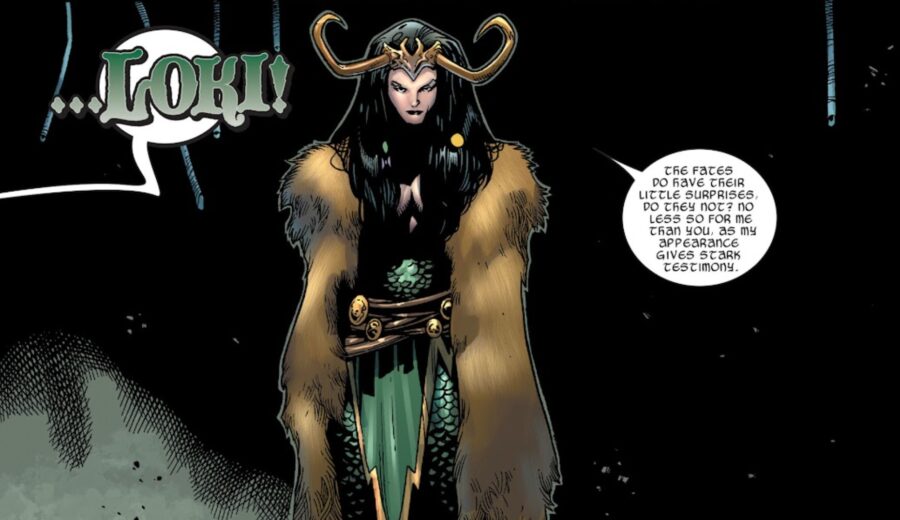
While the Loom of the Fates is the most probable source for the Temporal Loom, there is another Marvel Comics creation that may have given the Loki writers a few ideas.
The Web Of Life And Destiny
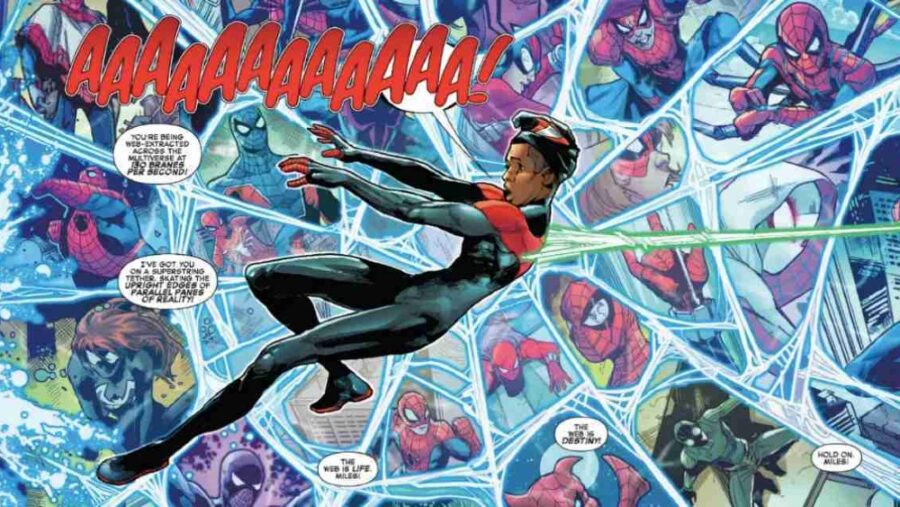
On the big screen, Spider-Man has enjoyed more multiverse adventures than just about any Marvel hero, largely inspired by the various Spider-Verse adventures, which may also have influenced the creation of the Temporal Loom. The Web of Life and Destiny of the Spider-Verse stories is based on the concept of the Loom of the Fates, and it’s located, fittingly, on Earth-001, aka Loomworld.
Most fans hearing of the Temporal Loom will probably connect it to the Web and Loomworld first…
The Spider-Verse stories of the comics are much darker than their screen adaptations. They involve powerful vampiric beings called Inheritors who hunt Spider-Totems — i.e. Spider-Man, his many variants, and other connected heroes like Spider-Woman — all across the multiverse. The Web of Life and Destiny connects to literally every corner of the multiverse and all of its timelines, allowing the Inheritors to travel to any Earth they choose.
Rather than the Inheritors, the Web of Life and Destiny was created by the Earth-001 version of Neith, the Egyptian goddess of spiders. It’s not clear what happened to her before the Inheritors claimed Earth-001 for themselves.
After the Spider-Army defeated the Inheritors in the 2014-15 Spider-Verse event, the Web was taken over by a group of Spidey variants calling themselves the Web Warriors.
Most fans hearing of the Temporal Loom will probably connect it to the Web and Loomworld first, just because of the word “loom” and the fact that the Web has been much more prevalent in Marvel’s mythos.









